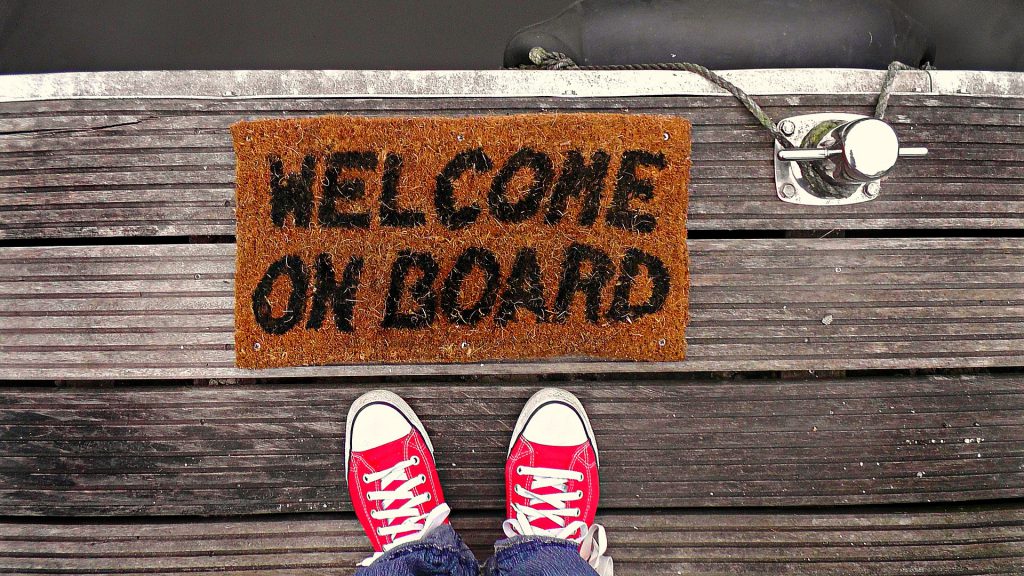In December 2017, we wrapped up the first year of the Community Engagement Fellows Program (CEFP), funded by the Alfred P. Sloan Foundation. The first cohort of Fellows was made up of 17 scientific community managers working with a diverse range of scientific communities. We’ll be recruiting for cohort two later this year for a start date of January 2019.
Meanwhile, we’re continuing to share reflections from the 2017 Fellows on the blog. In today’s post, Josh Knackert shares some reflections about his experience as a first time community manager. You can catch up on all posts by the Fellows here.
Scientific community manager positions often evolve from existing roles within an organization or are fostered by an intrepid individual, passionate for this type of work, who convinces stakeholders of its necessity and their fitness for the position. (Here’s some great advice on how to be this intrepid individual.) Another origin story is beginning to emerge as the benefits of scientific community managers are becoming increasingly recognized and valued–organizations are realizing a need for these positions and creating them independently of the these more organic methods.
While these newly built positions offer fantastic potential for a manager and their community, they can come with some unique challenges. Back in January 2017, I found myself in just this situation, filling a newly established community engagement role with the IceCube Collaboration at the Wisconsin IceCube Particle Astrophysics Center (WIPAC).

Image credit: https://pixabay.com/en/dock-feet-footwear-jetty-mat-1846008/






